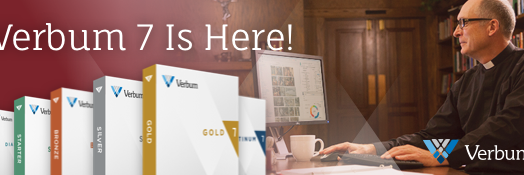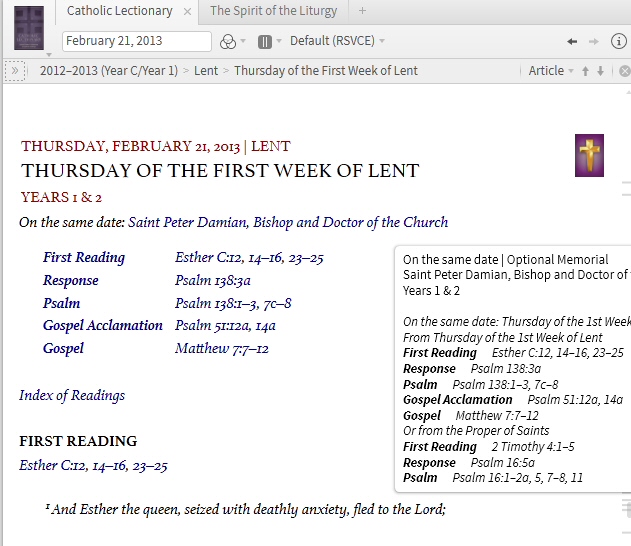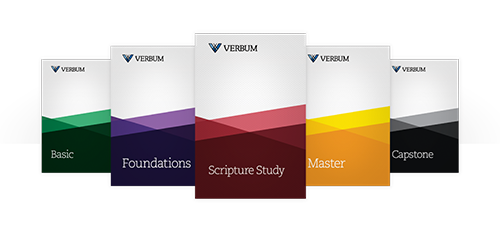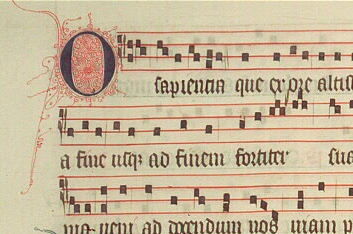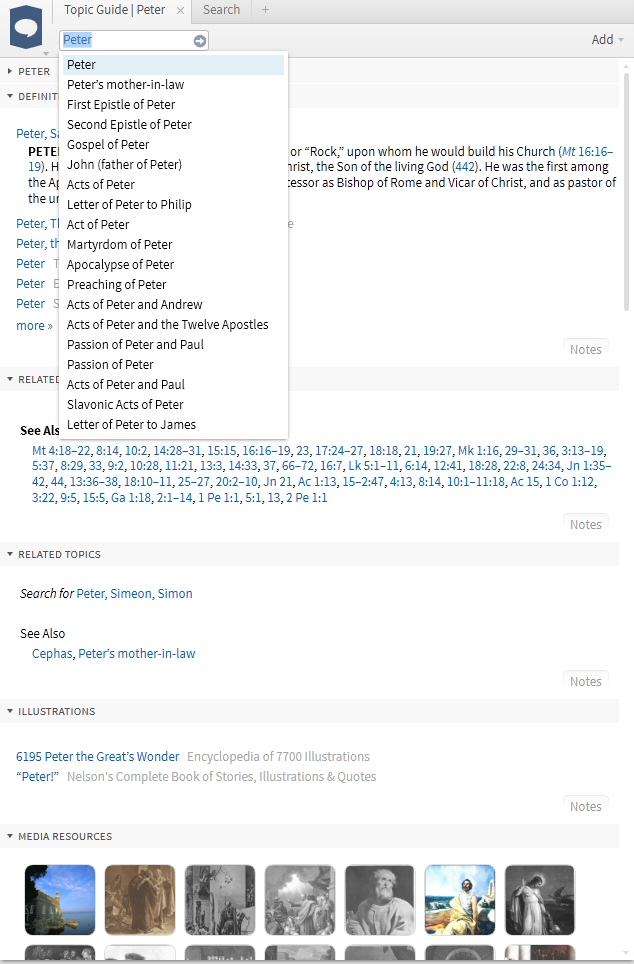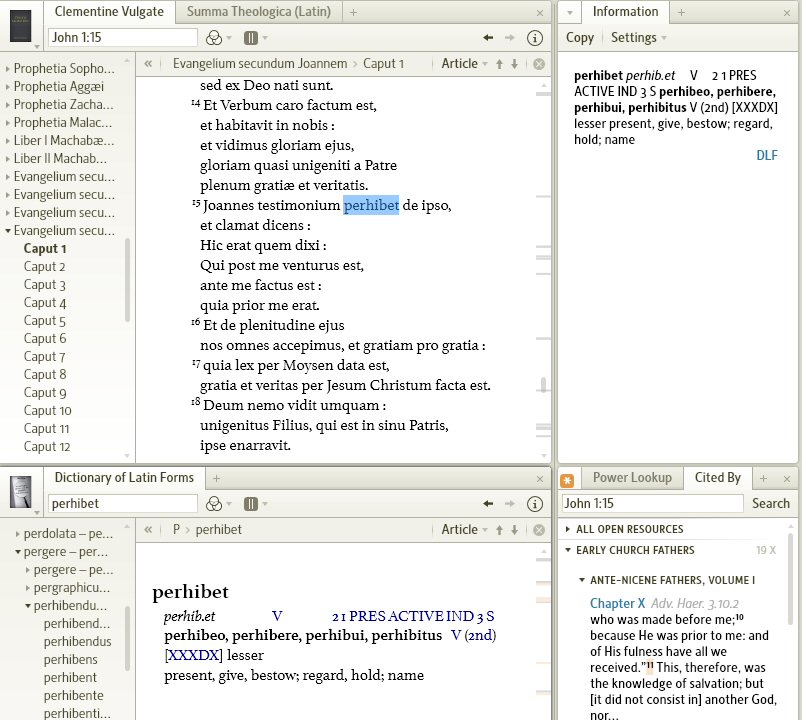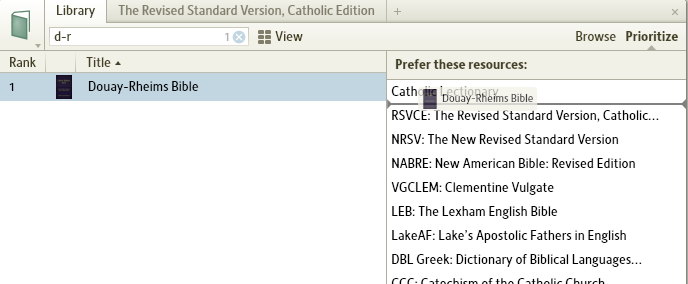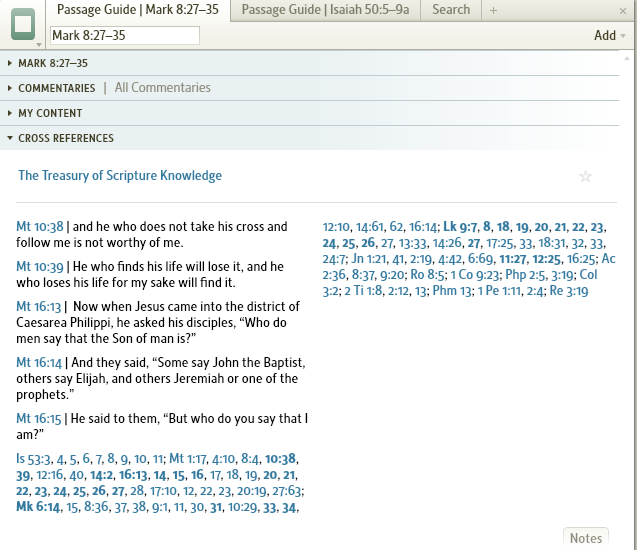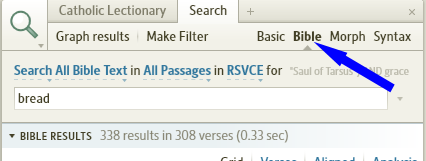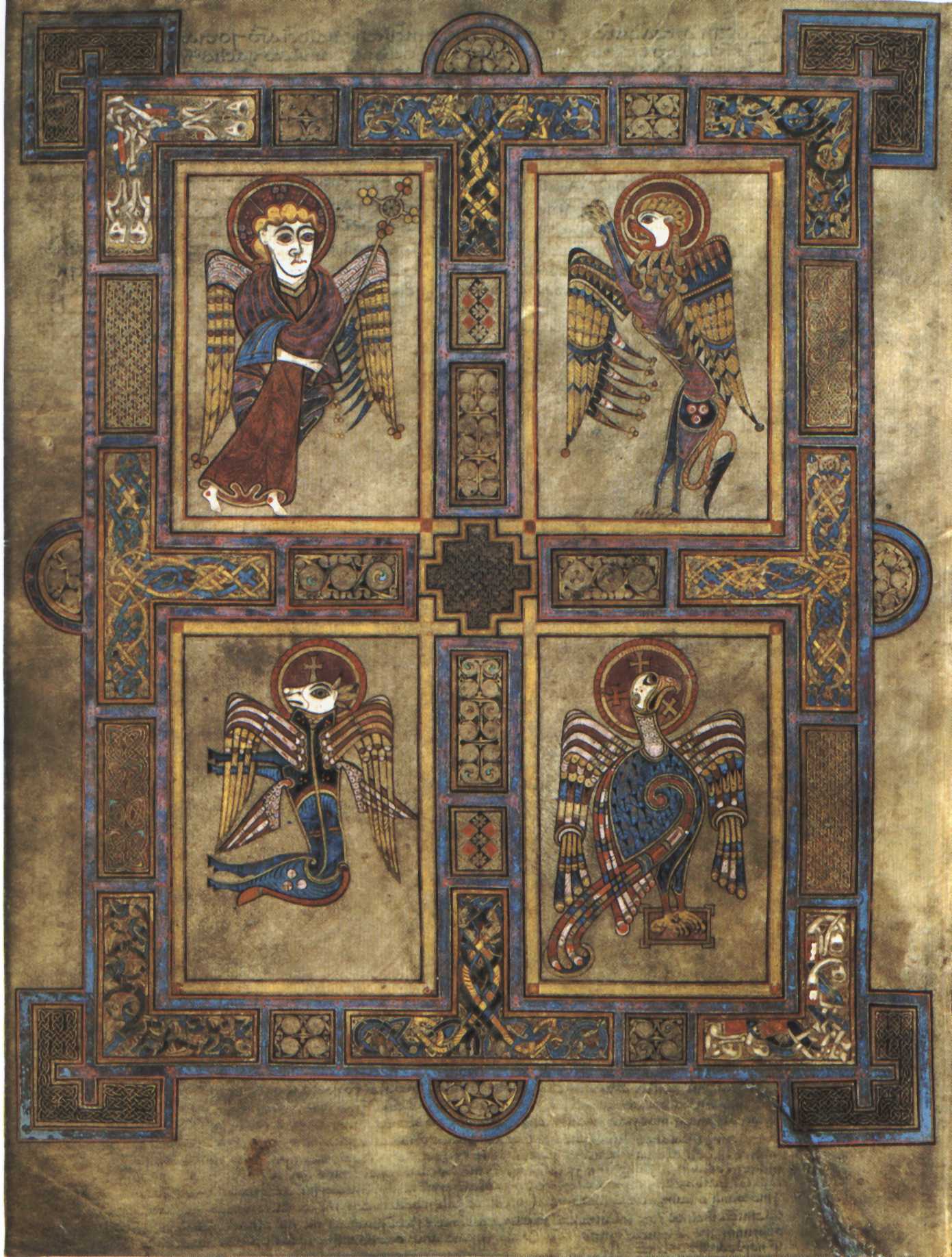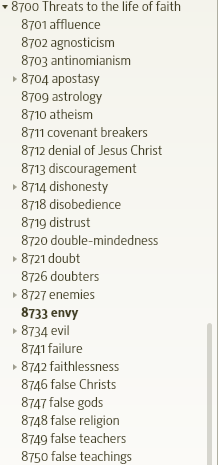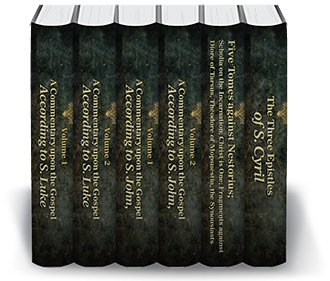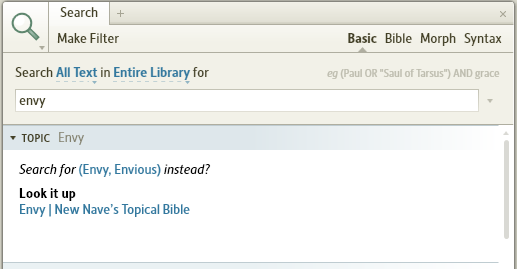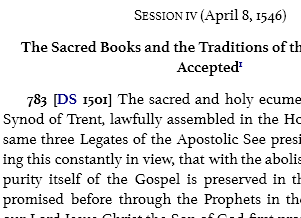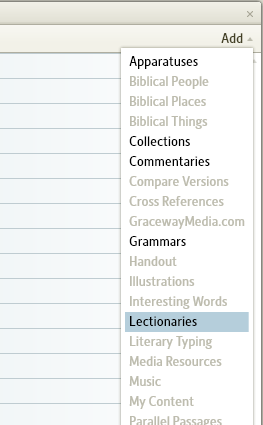Easier to Use. More Powerful than Ever. Verbum 7 is here! New features and original datasets make the newest version of Verbum easier to use and more powerful than ever. Build a Concordance to examine the text of the Catechism, use the new Media...
Calculating the liturgical calendar is a somewhat complex affair. The General Roman Calendar is basically made up of a calendar of Sundays and weekdays calculated relative to Christmas and Easter, an overlapping calendar of saints’ feasts that land...
The discipline of regular spiritual reading is a great way to enrich your Lenten observance. Between different methods of lectio divina, Lenten devotionals, and spiritual classics, there are a lot of options available. Logos can help you deepen your...
Just a year after we released our first line of Catholic base packages, the release of Logos 5 gave us a chance to revisit them. We’ve had such success in the last year—both with those packages and with new Catholic books—that we were able to add to...
One of the challenges we’ve faced in building up Verbum into a fully functional platform for Catholic Bible study is developing support for the entire Catholic canon. Logos’ powerful features are based on many years of building up data and code...
If you’re watching the liturgical calendar in the Lectionary, Missal, or Liturgy of the Hours, you’ll notice that the enumeration for the weekdays suddenly switches today from “X day of the Nth Week of Advent” to “December 17,” “December 18,” etc...
Since the introduction of Logos 4, we’ve been developing an infrastructure for intelligent topical searching that’s now starting to pay off in Logos 5’s powerful, easy-to-use features. The foremost of these is the new Topic Guide. Open a Topic Guide...
One of the first, most important steps for setting up Logos is prioritizing the resources in your library. If you haven’t already done some basic prioritization—setting up, at a minimum, your preferred Bible and lectionary—take a look at this...
In previous posts, we’ve discussed using topical indexes and parallel passages for situating a reading in the context of related passages. Another tool for making these connections is the Cross References section in the Passage Guide. These cross...
In the three-year cycle of the Sunday lectionary, we’re currently in Year B. Year B is the year of Mark’s Gospel, but in the summer, it takes a five-week break from Mark to read through the story of the feeding of the 5,000 and the Bread of Life...
Logos has a special search type just for searching the Bible. Start a Bible Search by clicking the Search button and selecting Bible on the upper left. One of the Bible Search’s special features is limiting your search to a particular part of the...
One of the first barriers faced by an English speaker who wants to work with the original language Scriptures is the challenge of learning the Greek and Hebrew alphabets. Even if you’ve long since mastered them, though, they still present a certain...
This blog post contains Logos reference hyperlinks, a feature in the software that allows you to share what you find with other Logos users. These links only work for users who own the respective Logos resources. All links in this article will...
We recently posted about using Nave’s Topical Bible for topical Scripture study. Another powerful tool for this kind of study that’s probably less well known than Nave’s is Martin Manser’s Dictionary of Bible Themes. The Dictionary of Bible Themes...
If you’re the sort of person who’s always looking for ways to eliminate a few mouse clicks from your day, you’ll want to familiarize yourself with the Logos Command Bar. The Command Bar can be used for many common (and uncommon) tasks in Logos, but...
On June 27, the Western Church celebrated the feast of St. Cyril of Alexandria. St. Cyril was patriarch of Alexandria from AD 412 to 444, and he played a pivotal role in the Christological controversies that engaged three ecumenical councils and...
The Logos Catholic libraries contain a number of reference books that are standard Bible study tools among Protestants but that might be less well-known to some Catholic users. One of these is New Nave’s Topical Bible. Nave’s is basically a giant...
If you’re studying the Catechism of the Catholic Church with one of Logos’ Catholic libraries, one of the resources you should be familiar with is The Sources of Catholic Dogma. The Sources of Catholic Dogma traces the development of Catholic...
Pope Benedict XVI has announced that October 11, 2012 through November 24, 2013 will be celebrated as a “Year of Faith” to commemorate the 50th anniversary of the opening of the Second Vatican Council and the 20th anniversary of the promulgation of...
Lectionary resources in Logos Bible Software are designed to make it easy both to find the text for the day and to read it in the Bible translation of your choice. The readings are arranged by calendar date, and the book automatically opens at the...
If you’re interested in the preaching and exegesis of the fathers of the church, there are three important collections available for pre-order that you should know about. The Works of St. Cyril of Alexandria makes an excellent complement to...
Logos really shines when it comes to the study of biblical Greek and Hebrew, but we’re building an impressive library of Latin texts as well, including the Vulgate, important medieval and Reformation theology texts, and hundreds of Latin titles in...

